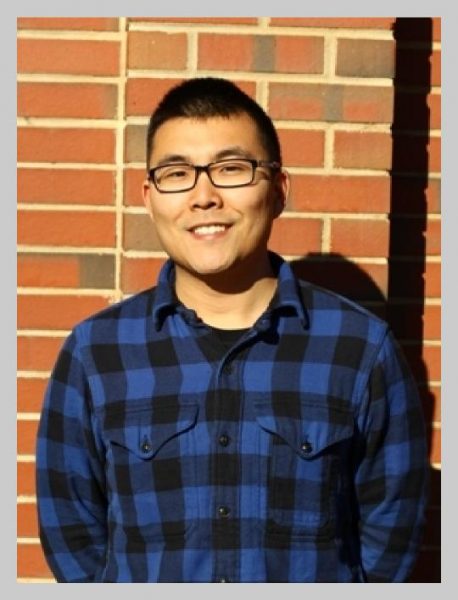David Chang
| PhD, Chemical Engineering, 2018 North Carolina State University M.S., Chemical Engineering, 2015 North Carolina State University B.S. Chemical and Biomolecular Engineering, 2011 University of California, Berkeley |  |
Research Focus: Investigation of surfactant-cell interactions for increased efficiency of commercial bioreactors
Mammalian cell cultures in sparged bioreactors are widely used in the biopharmaceutical industry for the production of therapeutic proteins. The addition of nonionic surfactants in the reactor medium decreases the propensity of the cells to attach to bubbles, effectively protecting the cells from mechanical damage. Using a multi-faceted approach, we investigate the interaction between air bubbles and mammalian cells in the presence of common triblock copolymer solutions. First, we study single bubble/film interactions using a simple and efficient experimental setup, where air is bubbled out of a nozzle at controlled rate, height, and size. The bubbles rise through the surfactant solution and collide with a hydrophobized or otherwise functionalized substrate at an angle of incidence θ. Depending on the composition of the surrounding solution, bubbles will either adhere (poor protection) or rebound (effective protection) from the surface. We characterize the factors leading to bubble adhesion or rebounding in a number of solutions of single and mixed nonionic surfactants. We study the impact of solution parameters (i.e. polymer molecular weight (Mw), “blockiness” and concentration) on the cell protective capacity. Next, we seek to understand the impact of foam properties (foaminess, foam stability, foam wetness) on the survival of entrapped cells. Finally, we can apply the principles learned in the aforementioned experiments to a dynamic system with cells, foam, and surfactant to gain a holistic understanding of the complex system. These results may enable more efficient bioreactor operations and contribute to the fundamental knowledge of surfactant-mediated cell/surface interactions.

